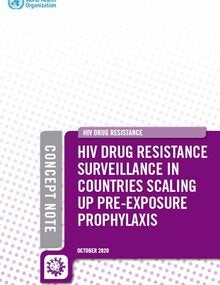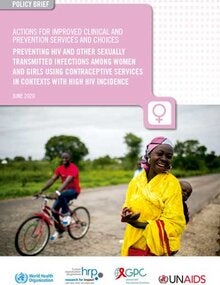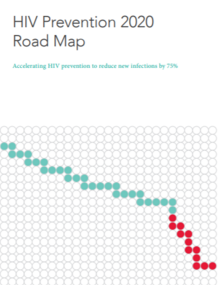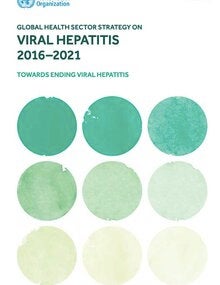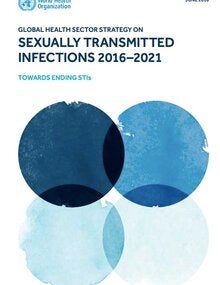UNAIDS defines combination HIV prevention as rights-, evidence-, and community-based programs that promote a combination of biomedical, behavioral, and structural interventions designed to meet the HIV prevention needs of specific people and communities. Its goal is to reduce the number of new infections through activities with a greater sustained impact.
Well-designed combination prevention programs should be tailored to national and local needs, based on epidemiological information. Programs should also concentrate resources on combining activities where they are most needed. Structural interventions make it possible to create an enabling environment for the synergistic preventive action of the biomedical and behavioral components. Affected communities should be fully involved in these programs, mobilizing community members, private sectors, and government resources to achieve the necessary participation, coverage, and sustainability and impact.







